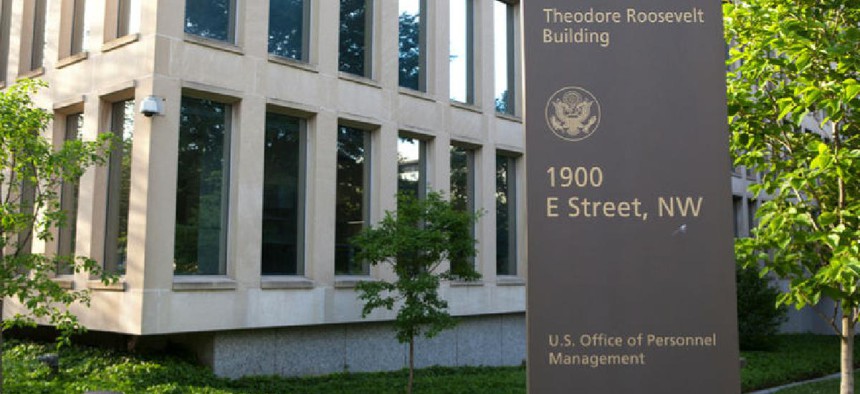OPM looks to its own reopening

As Capitol Region local governments are starting to phase in their own reopening plans, the Office of Personnel Management put out a detailed guide for returning its own employees to the office.

As Capitol Region local governments are starting to phase in their own reopening plans, the Office of Personnel Management put out a detailed guide for returning its own employees to the office.
OPM's plan, which it published on May 29, provides a specific framework for how managers should plan to return workers to the specific offices and facilities in which they work.
"With over 20 individual properties whose occupancy ranges from 2 to over 1200 people, there is no one-size-fits-all solution," the plan read.
That guidance dovetails with remarks from Russ Vought, the acting director of the Office of Management and Budget at his June 2 confirmation hearing, conducted via teleconference by the Senate Homeland Security and Government Affairs Committee.
"One of the reasons we have not provided more of a directive across federal government is because this is a 50-state issue that needs to be thought through with in conjunction with the public health officials on the ground," Vought said.
"We really believe that agency heads need to have the discretion to be able to make many of these decisions because their workforce is so diversified [and] the number of localities that they work in is so diversified. But we have tried to make sure that they have a grid that follows the phases of the governors' in states which their offices are located and to ensure that they don't open up if they don't have the necessary [personal protective equipment] or other resources to be able to keep their workforce safe," he said.
During the first phase of the OPM plan, senior employees from each location will serve as points of contact and work with the agency's reopening task force to determine a timeline for returning.
OPM recommended that special accommodations be given to members of vulnerable populations such as the immunocompromised and that "alternative service level or work arrangements" be established to avoid congregation and promote social distancing.
Employees whose normal commutes (including parking considerations) or schedules were disrupted by service changes to public transportation, school and childcare facility closures would be encouraged to continue teleworking.
Certain employees whose duties were considered essential could be ordered to return to their workspace, the plan read. Workers would be given a week's notice once it was known when their facility was reopening.
Face coverings would not be required at OPM facilities, though personal protective equipment would be provided for personnel who interact with the public, support staff, and security.
Meetings would be conducted virtually as much as possible, with social distancing guidelines respected for meetings that required in-person congregation.
"Open workspaces that do not allow at least six feet between employees may require that employees work onsite in shifts (telework/onsite), if possible, to allow for social distancing, or may require other mitigation strategies," the plan read.





